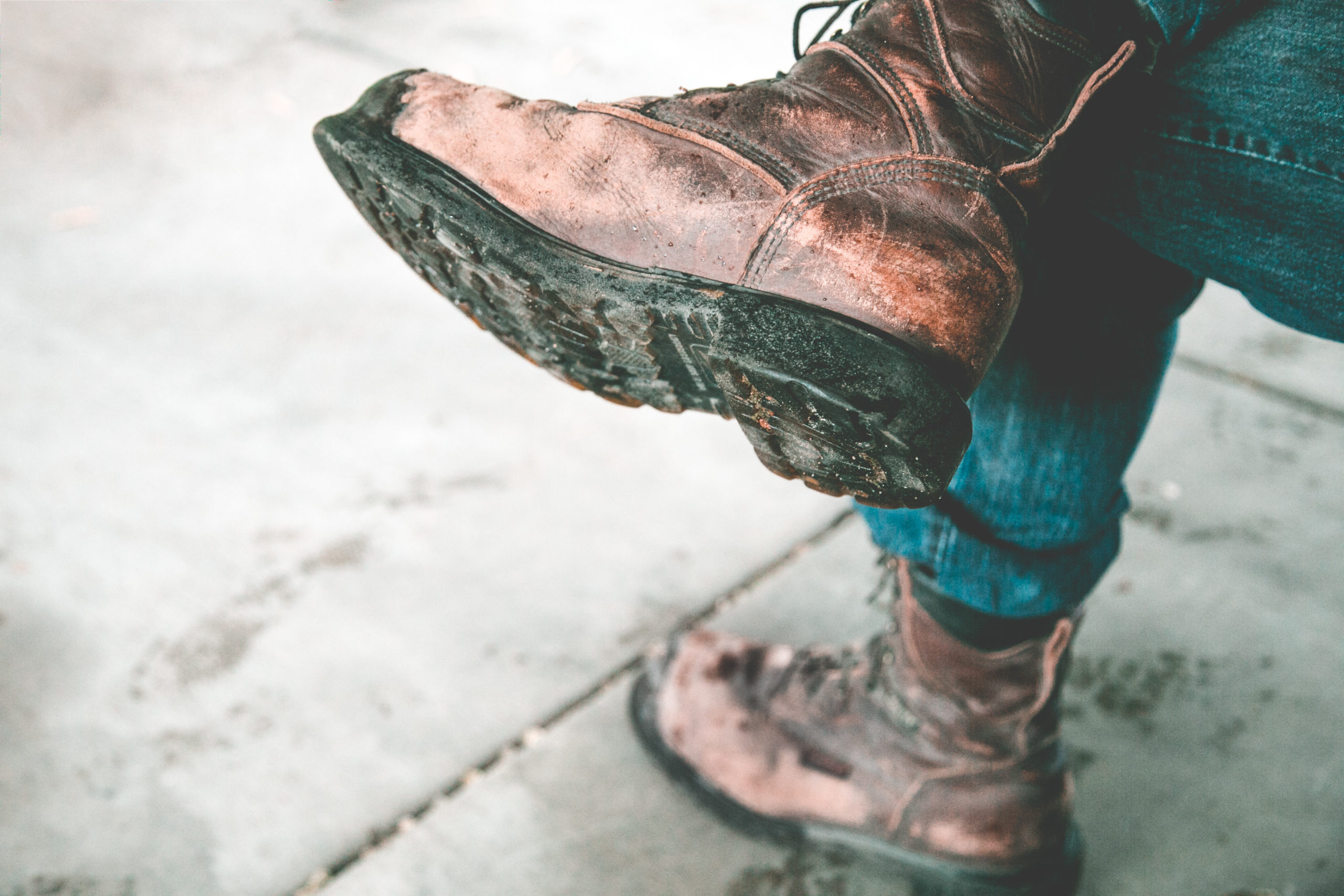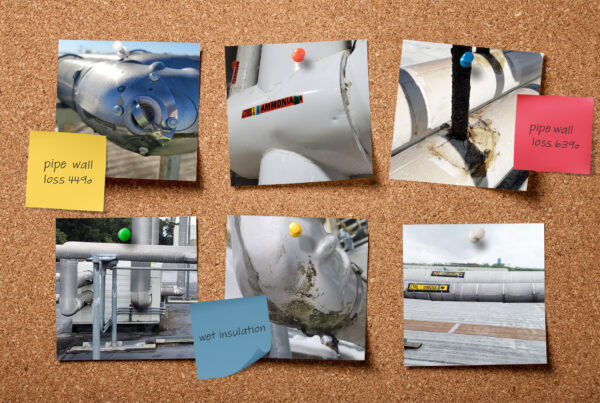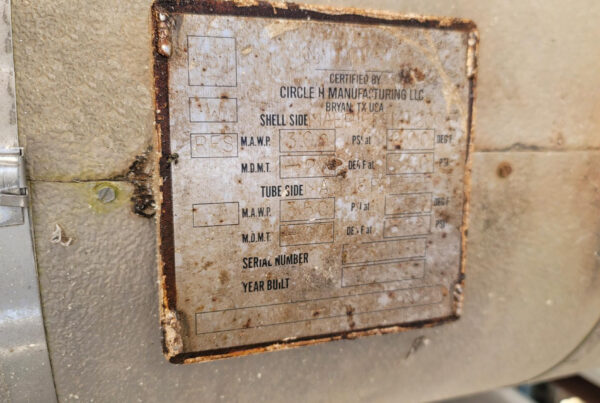When we started non destructive testing with the LIXI Profiler, we were singularly focused on measuring the remaining wall thickness of pipes. We have since discovered there are additional factors that are important. Our experience at an ice cream plant helped us learn this valuable lesson.
Mike (System Operator): I manage the industrial refrigeration pipe system at a Midwestern ice cream manufacturer. I knew we had some issues, as our electric bills were steadily rising, but I couldn’t pinpoint the cause.
I told our Plant Manager that we probably needed to replace some of the pipe insulation. We took a walk around the plant to check out the piping and did not see any significant indication of a leak, so he wasn’t convinced.
We did notice ice on a small portion of suction line exterior and guessed maybe 15% of the pipes had some moisture under the jacketing, but definitely not enough to warrant disassembly or replacement. And shutting down the system for any length of time to accommodate non destructive testing would have cost us more than we were willing to spend.
I needed to find a way to determine what was causing the issues without breaking the bank. I called my close friend, a Principal at the University of Wisconsin-Madison Industrial Refrigeration Consortium (IRC), and he recommended that I give Gamma Graphics a call.
I figured it was worth letting them come in and take a look. If these guys are as good as my buddy raved, it would either confirm my suspicions or help me eliminate one of the variables for our rising costs. Gamma Graphics sent a technician who did a walkthrough of the facility, making notes and taking readings with their Profiler.
Jim [Gamma Graphics Analyst]: Once I reviewed the data from the job at Mike’s facility, I knew we had an issue. I dejectedly called Mike to tell him I couldn’t provide the data I had expected. The insulation was so wet from ice and water that it was impossible for me to give him an accurate data set for the pipe wall thickness—there was just too much interference. I expected Mike to be disappointed.
Mike: I wasn’t—in fact, I was intrigued! When Gamma Graphics called, I was looking at an elbow in the pipe right near the evaporator that looked perfectly intact—no moss, no dripping, no ice. Jim confirmed the data revealed this section had been subject to a leak and was saturated with water.
I jabbed a screwdriver into the pipe and sure enough, it was completely soaked—water poured out, drenching my brand new boots. I yelled “Eureka!” and then told Jim, “This is exactly the justification I need to get my Plant Manager on board.” After all, in an ammonia refrigeration system like ours, the insulation is critical. If moisture is allowed in, the system will degrade over time. The report told us precisely where the insulation was saturated, and we went from there.
It turned out we were completely wrong in assuming we could see the damage from the outside. Moisture had compromised 80% of our system, as shown by the Profiler data—much more than we originally estimated.
Who knows how long it would have taken us to discover the extent of the damage? The corrosion could have been much worse by the time we realized what was going on. We would have continued to pay larger electric bills on a failing system while we fumbled around, searching for solutions as the dam was preparing to burst!
Fortunately, we were able to catch the problems when we did. The alternative was to shut down the facility, tear the system open where we saw indications of moisture, do ultrasonic testing…and leave the rest alone. Instead, we recovered efficiency and lowered our energy costs throughout the system.
Jim: As you know, many companies trust a visual inspection, especially in ammonia refrigeration, but other than a little bit of ice in one section there was no indication of moisture on the outside of most of the system. And at the time we knew there was water in the pipe insulation, though we didn’t have the capability to determine the exact amount like we do now.
We hadn’t previously realized the importance of analyzing our data to look at factors other than just wall thickness. After making adjustments to how we analyze readings, we can now give precise measurements and determine the condition of each layer of material within the pipe. It was a “Eureka!” moment for us too.



